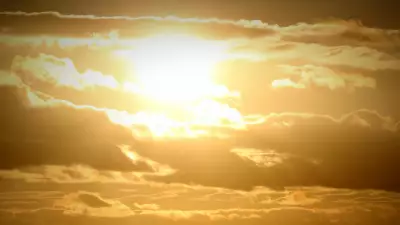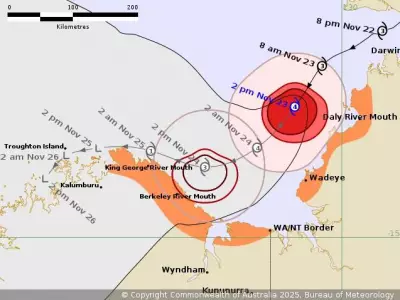
Australians from Sydney to Perth are preparing for a spectacular natural light show this Wednesday night, as a severe solar storm is predicted to make the Aurora Australis, or Southern Lights, visible across unusually northern latitudes.
A Celestial Spectacle for Millions
The breathtaking phenomenon is expected to be seen by millions of residents across southern and central Australia from just after sunset on Wednesday until the early hours of Thursday morning. While auroras typically occur closer to the magnetic poles, the severe geomagnetic storm currently impacting Earth is pushing this stunning display further north than usual.
Astronomer Laura Driessen from the University of Sydney's Sydney Institute for Astronomy and School of Physics expressed her excitement about the event. She told 7NEWS.com.au that this may be one of the final opportunities to witness a southern aurora from such northern locations for some time.
A Rare Solar Event
The spectacular show results from several large solar flares that have erupted from the Sun, showering Earth with high-energy plasma. When these particles collide with our atmosphere, they create the multi-coloured, curtain-like effect known as an aurora.
Dr Driessen emphasised the rarity of such a severe geomagnetic storm, noting they occur only about 100 times across the Sun's 11-year activity cycle. While more common during the recent "maximum" phase that peaked in October 2024, the Sun is now moving toward its minimum activity phase expected around 2030.
"Even though 100 sounds like a lot, in 11 years it's not that much," Driessen explained. "Now that we're on the other side of the cycle, these things will just happen less and less often." She added that it might take about eight or nine years before similar spectacular displays become frequent again.
How to Maximise Your Viewing Experience
Despite the promising conditions, Dr Driessen cautioned that there's no certainty the aurora will occur, and even at its peak, it might be challenging to see with the naked eye. "These things are notoriously difficult to predict," she acknowledged.
For the best chance of witnessing the phenomenon, she recommends heading as far south as possible to a location with minimal light pollution, particularly looking toward the southern horizon. Using a smartphone with a long exposure setting can significantly enhance the viewing experience.
"I'd recommend using your phone with a long-ish exposure and it'll pick up those colours a lot better than your eyes," Driessen advised. "Once your eyes have adjusted you should be able to see some movement but the colour you will see on a phone will be much more saturated."





